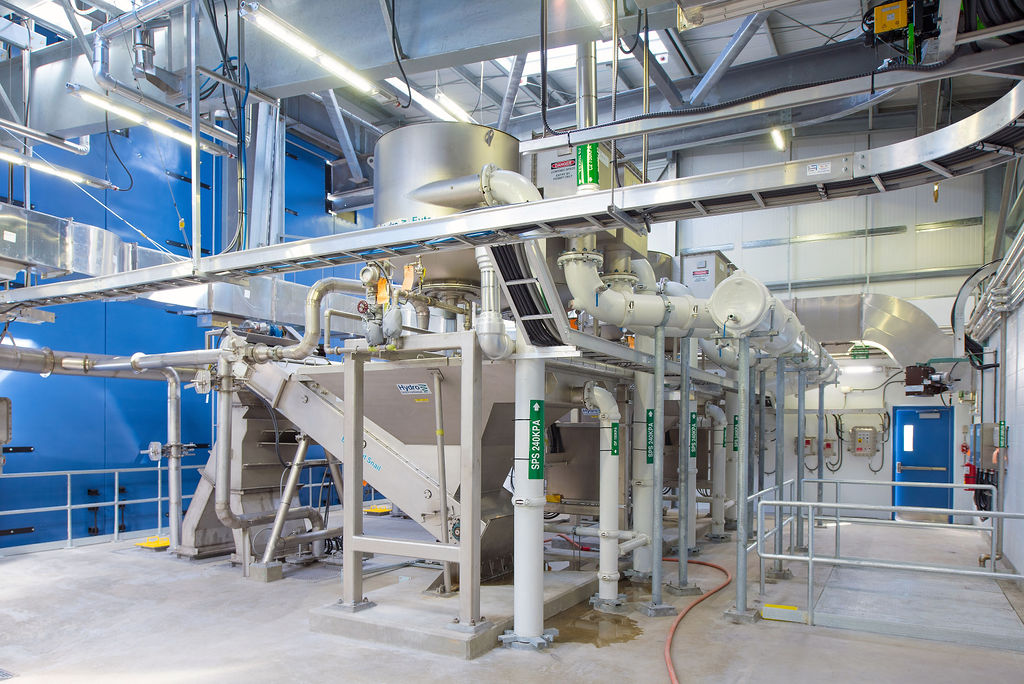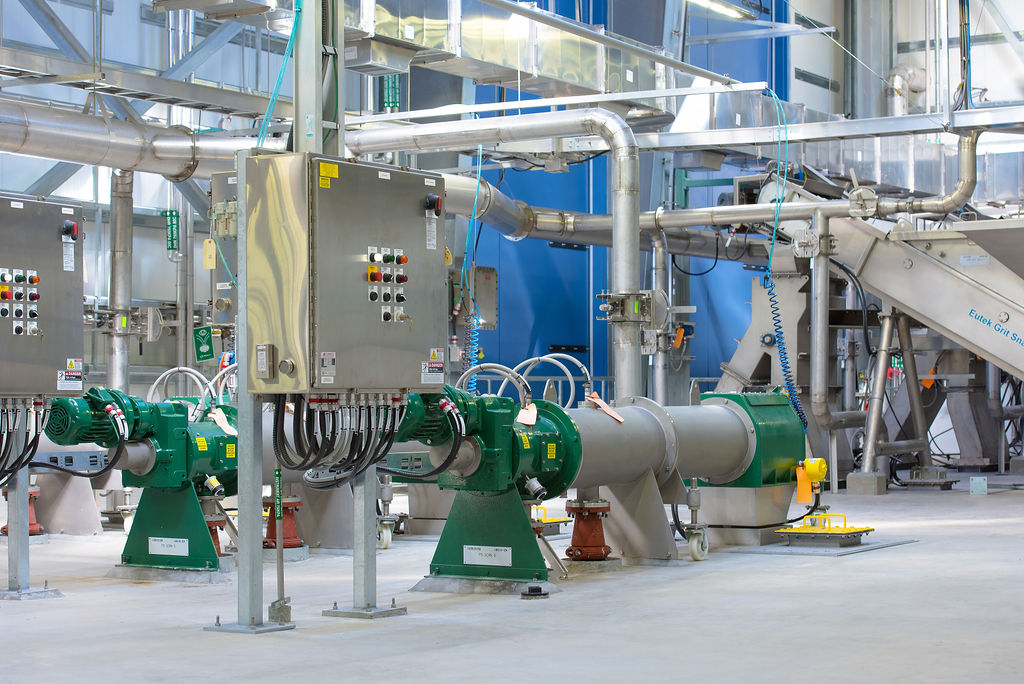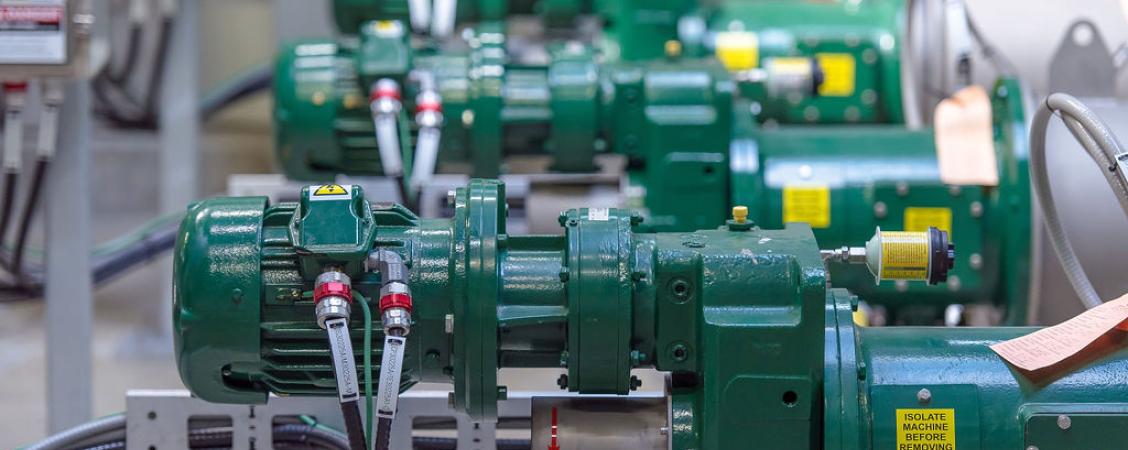
Sludge Pretreatment System Brings BC WWTP Into Compliance
SlurryCup™ / Grit Snail® / Hydro-Sludge® Screen Extends the Life of Digesters Through 2030.
The Situation
Metro Vancouver operates five wastewater treatment plants that service 2.4 million people, at a total capacity of approximately 264 Mgal/d (1,000 MLD). Iona Island WWTP provides primary treatment with seasonal chemically enhanced primary treatment (CEPT) for approximately 132 Mgal/d (500 MLD).
The combined sewer system collects sewage and stormwater from approximately 600,000 residents. Fall wet weather events significantly increase grit volume entering the WWTP. The existing headworks screens and aerated grit chambers remove only a portion of the influent solids. Solids that are not captured accumulate in the plant’s anaerobic digesters. Excess sediment and debris in the digesters reduce their capacity and can create solids loading and hydraulic issues in sludge thickening systems.
Problem
Changes to Canadian federal regulations require the plant to be upgraded to provide secondary treatment by 2030. The existing plant’s inadequate digester capacity and thickener overloading necessitated effective removal of screenings and grit to eliminate these problems allowing them to achieve the performance required by their Operational Certificate through 2030.
Jacobs Engineering (formerly CH2M Hill) was contracted to evaluate options to address the excess solids issues. After evaluating several options, a new primary sludge screening and degritting facility was the recommended solution. Jacobs was also selected to design the new sludge pretreatment system that needed to tie into the existing infrastructure and underground piping.
Solution
The plant installed six Hydro-Sludge® Screens, four 56" (1.4 m) SlurryCup™ units and two 6 yd3/hr (4.6 m3) Grit Snail® systems to protect the plant's treatment capacity and help keep them in compliance.
Outcome
Grit Removal Results
Grit removal performance testing was conducted in April 2018, resulting in the grit characterization profile shown in Figures 1 and 2, both indicating high capture rates. Grit performance results for the SlurryCup/Grit Snail system met the project requirements of 90-95% capture of grit ≥75 micron (2.65 SG).
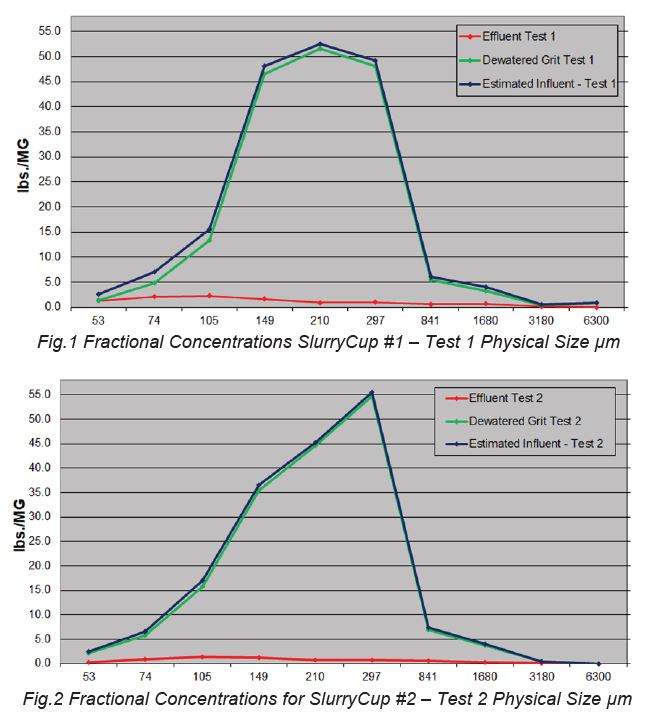
Screening Removal Results
Sludge screenings removal was excellent, resulting in a significant increase in screenings volume hauled to landfill with the bulk of the material coming from the new sludge pretreatment facility, shown below.
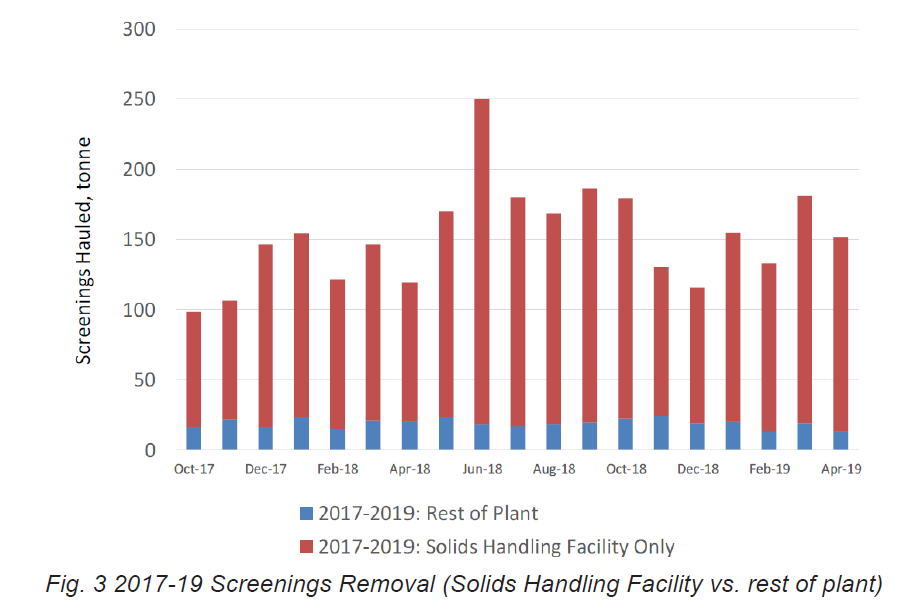
Sludge Pretreatment System Results
The new sludge pretreatment system demonstrated good removal of screenings and grit from primary sludge: combined improvement for grit and screenings is 2,094 tons (1,900 tonnes) above the 2013 values shown is figures 4 and 5.
The plant is experiencing improved operations and reduced maintenance of the existing plant, as an example de-ragging of the primary sludge pumps was needed weekly and has not been required since installation of primary sludge screening and grit removal facility.
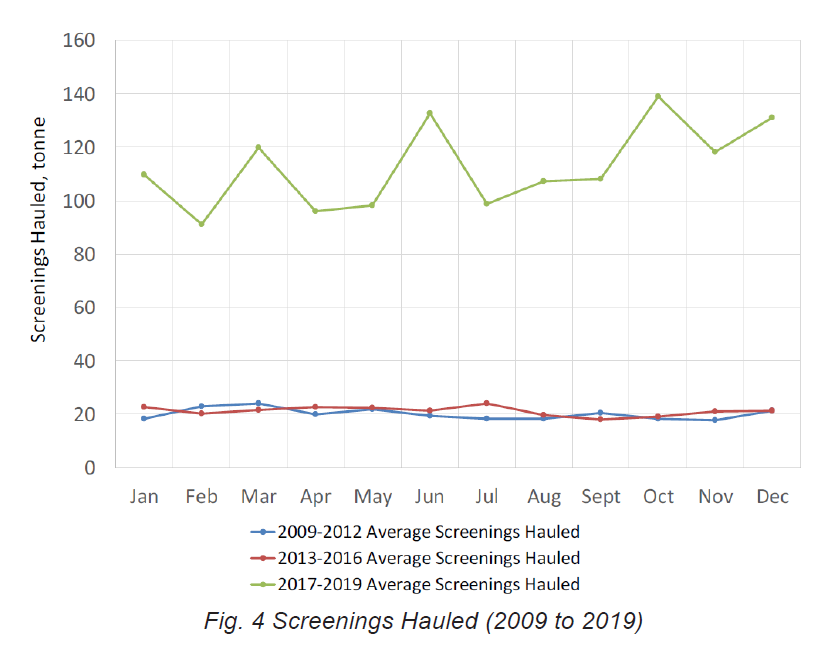
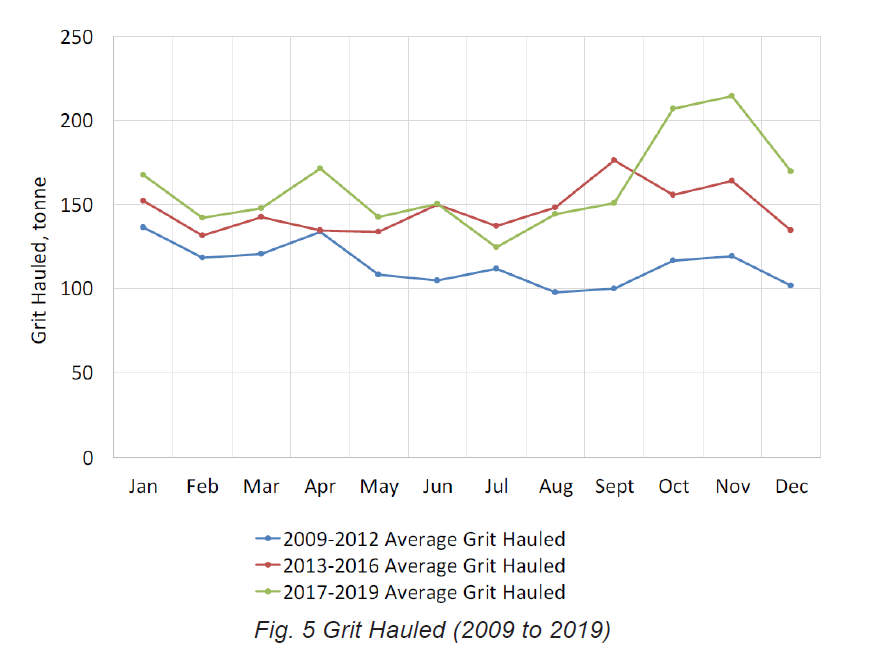
Six Hydro-Sludge® Screens, four 56" (1.4 m) SlurryCup™ units and two 6 yd3/hr (4.6 m3/hr) Grit Snail® systems protected the plant's treatment capacity and helped keep them in compliance.
- SlurryCup™ / Grit Snail® system met the project performance requirements of 90-95% capture of grit ≥75 micron (2.65 SG) with output grit containing Total Solids >60% and Volatile Solids <20%.
- Grit and screening removal quantities increased over 7 times since installation; removal of screenings and grit from primary sludge of 1,874 tons (1,700 tonnes) and up to 220 tons (200 tonnes) per year respectively above 2013 values.
- Grit and screenings removal from primary sludge is a viable alternative to retrofitting headworks solids removal equipment.
